The Man Behind Lego's Best Car Sets Is a Bigger Gearhead than You
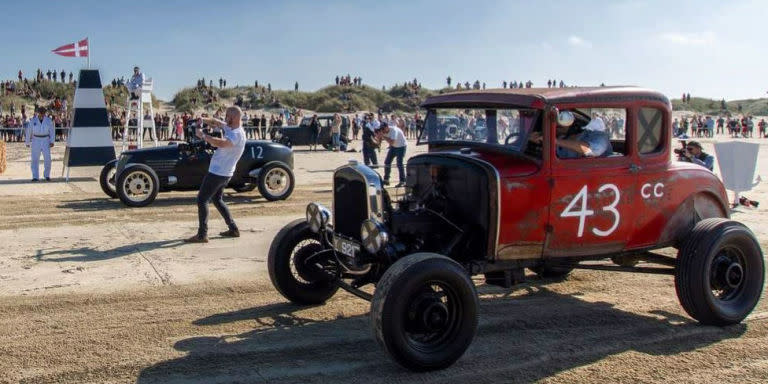
You know the sound already. The package is square, too thick to be a book, carefully wrapped and tucked beneath the tree. Shake it and there's the tell-tale rattle that heralds a morning spent in happy building, whether to a set of instructions or only bounded by imagination. But give this box another joggle, and listen closely. Can you hear it? A rumble and a clank. The crash of gears, the roar of combustion. Not just Lego, but sand and speed.
It's no secret that everyone's favorite Danish toy company has been on a tear of late. Thanks to forward-looking licensing agreements capitalizing on the likes of the Star Wars franchise, the brand now carries more clout than that of Ferrari.
If you're both a block-fiend and a gearhead, there's never been a time more dangerous to your wallet. Lego makes large-scale versions of the Ferrari F40 and Porsche 911 GT3RS, as well as smaller Scalextric-sized models of everything from the McLaren P1 to the Ford Raptor. The Speed Champions sets are a hot seller, with more than three-quarters either sold out or backordered in the run-up to the holidays.
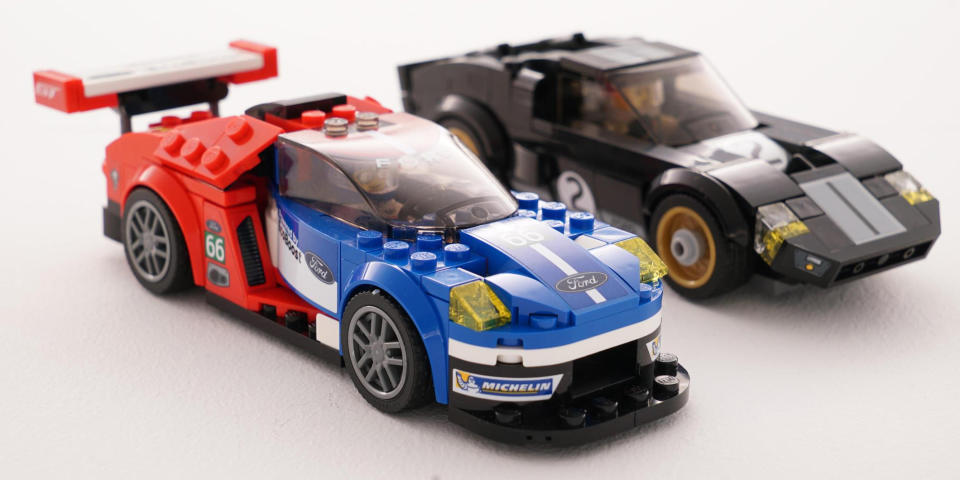
The latest set, which we'll see in March, is particularly inspired: it pairs a '66 Ford GT40 with the current Ford GT, both set up in their respective Le Mans livery. Cool details abound, the kinds of subtle little nods to the full-size originals that reveal not just a love of design, but a love of cars. In order to pull back the curtain on how the Speed Champions design team keeps getting things so right, we spoke to Lego design manager Craig Callum. That's when the rooster tails of sand showed up.
Callum received his degree in Automotive Design at Coventry University in the UK. "I wanted to be a car designer since around the age of 5," he says, "Lego toys were the tool that helped me down the path to becoming a Car Designer, and so working at the company was merely a return to the beginnings."
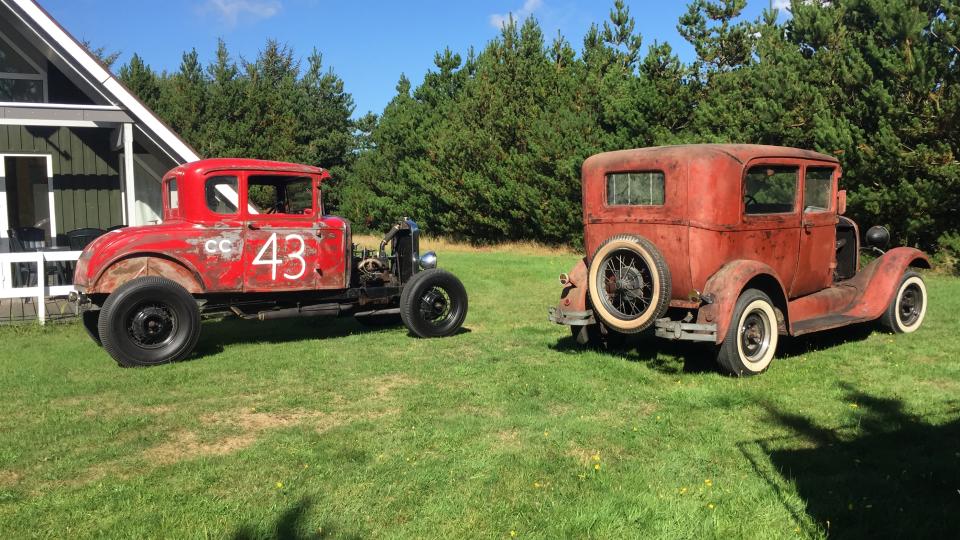
Attending the Goodwood Revival whenever he can, Callum self-describes as "a bit of a vintage car nut," and currently owns a 1930 Ford Model A. It's the latest in a line of about thirty machines, and the attainment of a dream.
"I have wanted a Model A hotrod for as long as I wanted to design cars," Callum says, "I had an old diecast car that was my favorite. It had shiny exhausts, huge back wheels and flames down the side."
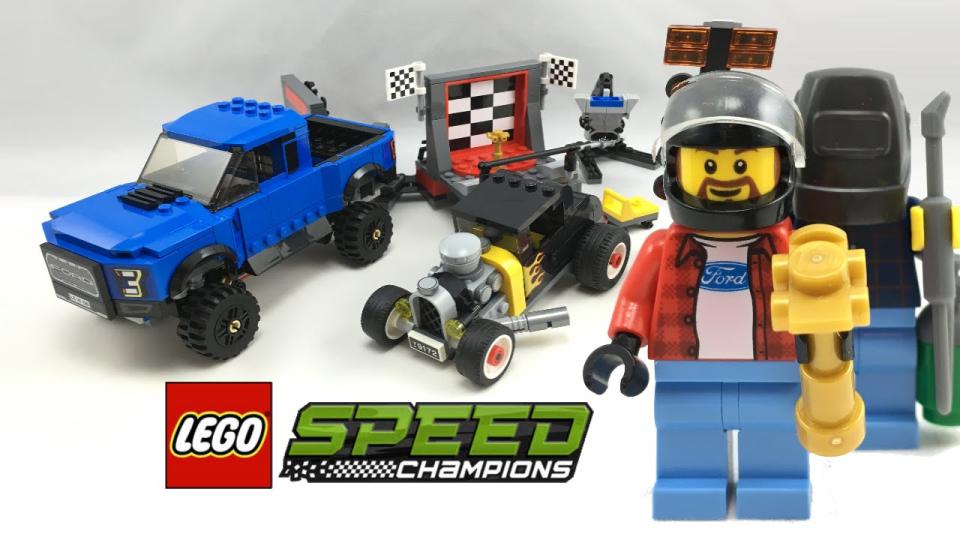
You can find a tribute to that childhood relic, flame job and all, parked on a trailer as part of the Lego Ford Raptor (above) set. Callum's current Model A is more period-correct: higher-compression head, uprated carburetor, and a straight-through exhaust.
"The numbers may not be high," Callum says, "But it feels fast when you are rattling along in a car that survived WW2 in occupied Denmark."
It must also feel pretty exhilarating when you're lining up against a 1914 LaFrance with a Hispano-Suiza V12 airplane engine and side-pipes. Which is what Callum and his compatriots do when they spend a day at the beach.
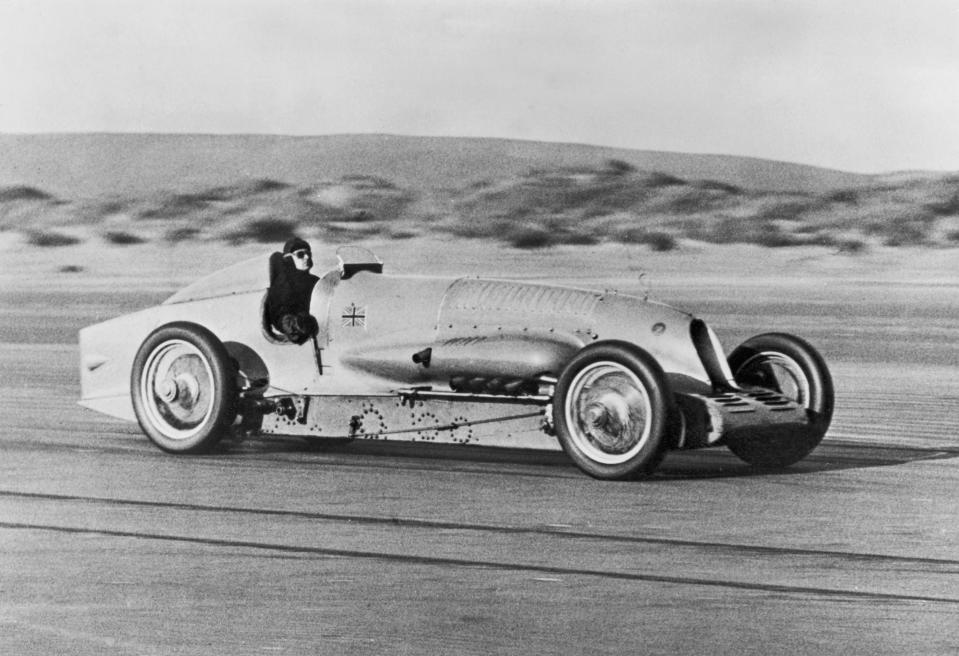
Between 1919 and 1924, the tiny island of Fanø was a paradise of speed. The hard-packed sand of its main beach stretched for two-thirds of a mile, ideal for land-speed-record attempts, and head-to-head drag-racing.
Daredevils like Captain Malcolm Campbell were regulars at the Fanø sands, which boasted a rogue's gallery of early speed merchants. At its height, it was the equal of Pendine Sands in Wales, or the Bonneville Salt Flats. Campbell would go on to set his final speed record of 301mph at Bonneville in 1935, becoming the first person to drive over 300mph.
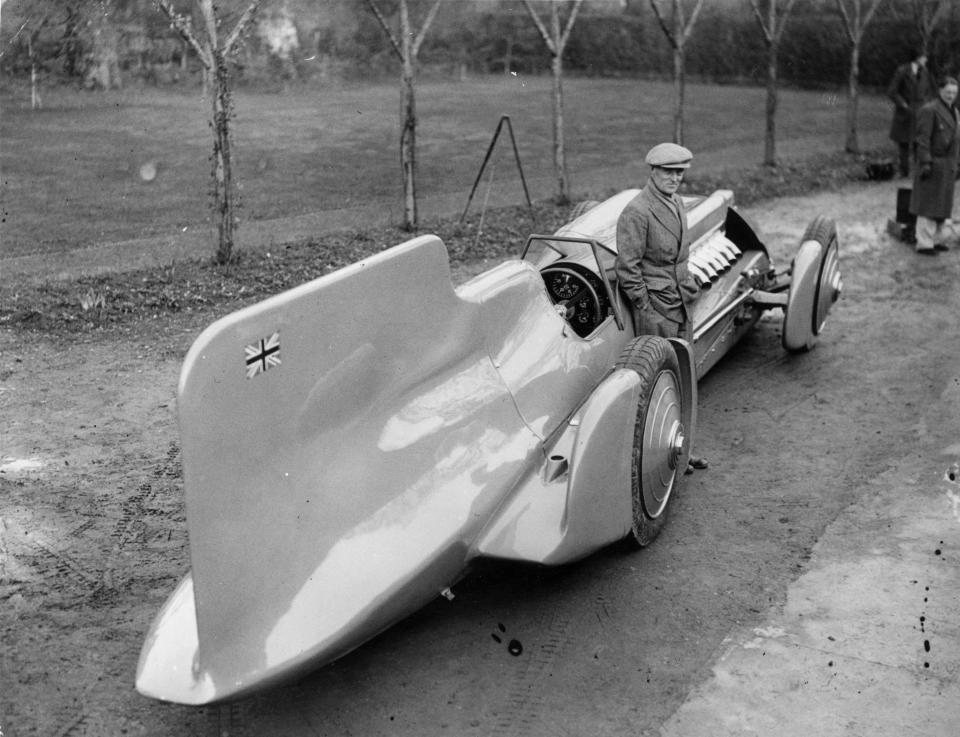
Sadly, it was Campbell's record-breaking V12 Sunbeam that would close the beach at Fanø when a wheel came off and killed a young spectator. The Danish government of the time seems to have come down hard on further speed record attempts elsewhere: a newspaper clipping from 1928 claims that the Justice Department has forbidden Campbell from further testing his car on the west coast of Jutland.
But in 1999, the Danish Motor Club was successful in bringing Campbell's V12 Sunbeam back to Fanø for a vintage event. Pre-1940 cars and motorcycles sprinted on the sands once again, clashing over an eighth-mile drag race.
This year, the premiere event in Danish vintage sand racing was the Rømø Motor Festival, held at a beach with better access than Fanø. Cars were restricted to pre-1948 classes, with only period-correct modifications allowed. Callum was there with his Model A, which he's cheerfully dubbed Old Red.
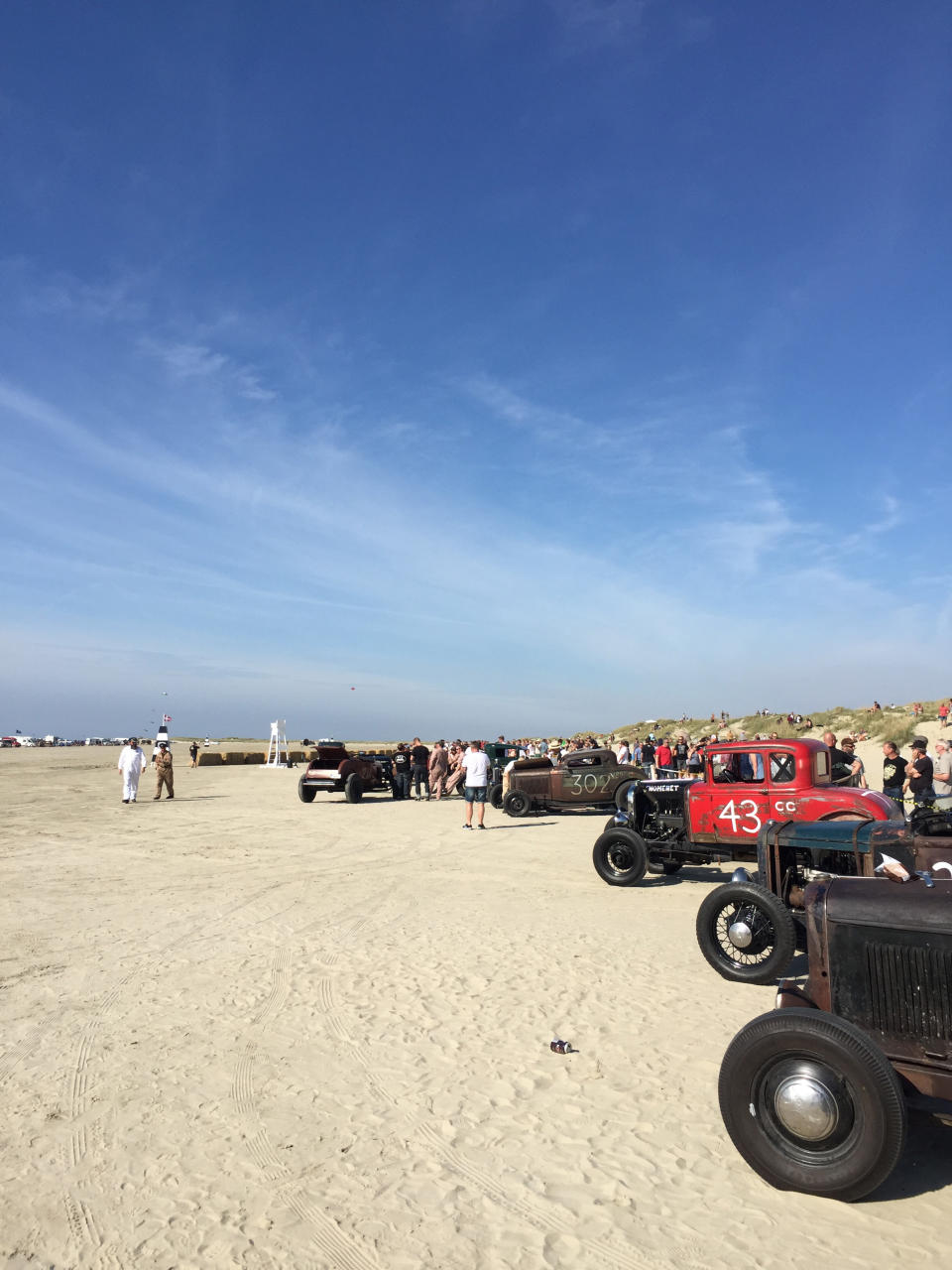
Over the course of a weekend, engines roared and sand flew from spoked rear wheels, and people partied, and everything was pretty much what you'd expect from the descendants of the Vikings. Competitors came from Sweden, Norway, and Germany, bringing along all manner of vintage racing machinery, including the titanic V12 LaFrance.
"I only race a few times a year," Callum says, "But when a car is nearing 90 years old the rest and repair period can become a bit lengthy."
Still, given the simplicity of the Model A, and a day job based around building things to stand up to the abuse of smashing into floorboards at speed, Callum is more than up to the task. Come 2017, he'll be out there on the sand, dropping the hammer when the flag drops. As for the rest of us, if we're lucky, we'll get a little of that passion rattling around inside carefully-wrapped boxes tucked underneath the tree.
You Might Also Like

 Yahoo Autos
Yahoo Autos 